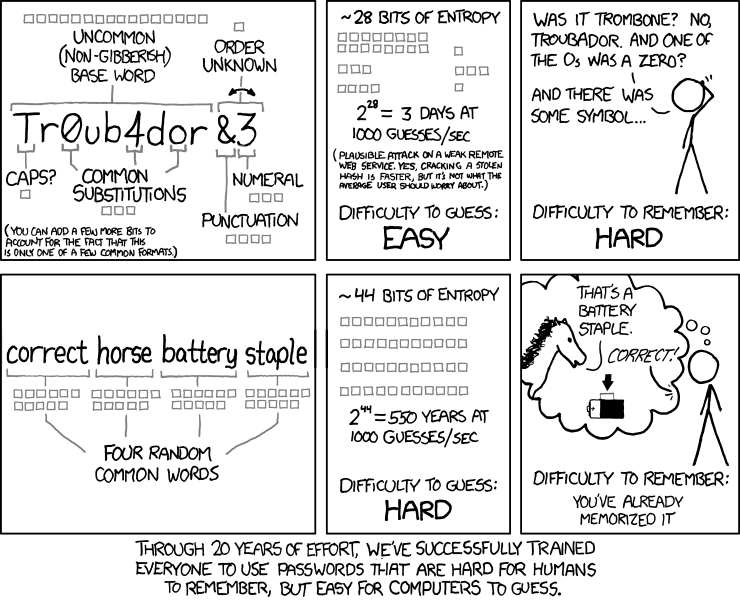RH415 "Red Hat Security: Linux in Physical, Virtual, and Cloud" notes in the margin
tags: red hat, rhel
You will find here notes and links to official docs with information on products and technologies that described on RedHat Training. THIS DOCUMENT DOES NOT REPRINT ANY COPYRIGHTED CONTENT FROM REDHAT TRAINING. You will find here only public accessible outline.
Course description: RH415 "Red Hat Security: Linux in Physical, Virtual, and Cloud"
Image Not Showing
Possible Reasons
- The image file may be corrupted
- The server hosting the image is unavailable
- The image path is incorrect
- The image format is not supported
Learn More →
Table of contents
- The image file may be corrupted
- The server hosting the image is unavailable
- The image path is incorrect
- The image format is not supported
1. Managing Security and Risk
RHEL 8 Docs: Managing and monitoring security updates
Red Hat Enterprise Linux Life Cycle
Red Hat Security Blog Red Hat Security Blog (old place) Understanding Red Hat security ratings
Red Hat Product Security Center
Red Hat Security Data Changelog
Common Vulnerabilities and Exposures
CVE-2014-3670 php buffer overflow bug
Using daysofrisk.pl with the Red Hat Security Data API
Days of Risk Report (automatically generated) sample report
Determining Common Platform Enumeration (CPE)
Common Platform Enumeration (CPE) is a standardized method of describing and identifying classes of applications, operating systems, and hardware devices present among an enterprise's computing assets
Clair is an open source project which provides a tool to monitor the security of your containers through the static analysis of vulnerabilities in appc and docker containers.
Red Hat Blog: Scanning container image vulnerabilities with Clair
RHEL 8 Docs: Security hardening
RHEL 8 Docs: Securing Networks
Install OpenVAS (GVM) on Kali Linux
Kali Linux: Дистрибутив для пентестинга Список инструментов Kali Linux
OpenVAS wiki OpenVAS (Open Vulnerability Assessment System, Открытая система оценки уязвимости, первоначальное название GNessUs) — фреймворк, состоящий из нескольких сервисов и утилит, позволяющий производить сканирование узлов сети на наличие уязвимостей и управление уязвимостями. Все продукты OpenVAS являются свободным ПО. Большая часть компонентов выпускается под лицензией GPL
Установка и использование OpenVAS (GVM) на Kali Linux Использование сканера уязвимостей OpenVAS
Nikto – это сканер с открытым исходным кодом (GPL) для веб-серверов
Проверяем на уязвимости любой сайт с помощью Nikto
Инструкция по использованию сканера веб-серверов Nikto
Vul - Agentless Vulnerability Scanner for Linux/FreeBSD
Tutorial - Local Scan Mode examples of config.toml for local and remote scan
How to install and setup Docker on RHEL 7/CentOS 7
2. Automating Configuration and Remediation with Ansible
Ansible.com Red Hat blog: Channel: Red Hat Ansible Automation
Red Hat kb: How to download and install Red Hat Ansible Engine Red Hat kb: Using Ansible in RHEL 8.6 and later
Learn Linux TV Tutorial: Using Ansible "Pull" Mode to Dynamically Automate Server/Workstation Builds
3. Protecting Data with LUKS and NBDE
Cryptsetup and LUKS - open-source disk encryption Cryptsetup is a utility used to conveniently set up disk encryption based on the DMCrypt kernel module. These include plain dm-crypt volumes, LUKS volumes, loop-AES, TrueCrypt (including VeraCrypt extension), BitLocker and FileVault2 formats.
Why LUKS?
- compatibility via standardization,
- secure against low entropy attacks,
- support for multiple keys,
- effective passphrase revocation,
- free.
Clevis is a pluggable framework for automated decryption.
Tang is a server for binding data to network presence.
4. Restricting USB Device Access
home | USBGuard The USBGuard software framework helps to protect your computer against rogue USB devices (a.k.a. BadUSB) by implementing basic whitelisting and blacklisting capabilities based on device attributes.
Features
- Rule language for writting USB device authorization policies
- Daemon component with an IPC interface for dynamic interaction and policy enforcement
- Command line and GUI interface to interact with a running USBGuard instance
- C++ API for interacting with the daemon component implemented in a shared library
RHEL8 Docs: Security Hardering: Protecting systems against intrusive USB devices
Using USBGuard vs. UDev rules for USB device authorization
5. Controlling Authentication with PAM
FreeBSD article: Подключаемые Модули Аутентификации (PAM)
Red Hat KB: What should go in password-auth vs system-auth in RHEL6 and RHEL 7
- The problem with /etc/pam.d/system-auth is that it contains modules that are not usable in remote configurations so remote services such as sshd, vsftpd now use /etc/pam.d/password-auth.
pam_pwquality(8) PAM module to perform password quality checking
Создание политики паролей в Linux
RedHat KB: The meaning of the Valid field in the faillock(8) command output
SSSD Open Source Client for Enterprise Identity Management
6. Recording System Events with Audit
https://github.com/threathunters-io/laurel
RHEL7 Security Guide: System Auditing
Настройка auditd для обнаружения и расследования инцидентов информационной безопасности
7. Monitoring File System Changes
AIDE (Advanced Intrusion Detection Environment, [eyd]) is a file and directory integrity checker.
8. Mitigating Risk with SELinux
YouTube: Red Hat Summit: Are you listening to what SELinux is telling you?
Dan Walsh's Blog: How do I tell what would be allowed by a boolean?
GitHub Blog: Introduction to SELinux
Kaspersky Web Traffic Security installation guide: Disable SELinux
Seriously, stop disabling SELinux.
CertDepot: RHEL7: How to deploy SELinux man pages Gentoo Wiki: SELinux/ru
Книга: Свен Вермейлен: Администрирование системы защиты SELinux
RHEL8 Docs Using SELinux: Writing a custom SELinux policy
RedHat KB: Basic SELinux Troubleshooting in CLI
9. Managing Compliance with OpenSCAP
The Security Content Automation Protocol SCAP is a synthesis of interoperable specifications derived from community ideas. Community participation is a great strength for SCAP, because the security automation community ensures the broadest possible range of use cases is reflected in SCAP functionality. This Web site is provided to support continued community involvement. From this site, you will find information about both existing SCAP specifications and emerging specifications relevant to NIST's security automation agenda. You are invited to participate, whether monitoring community dialog or leading more substantive activities like specification authorship.
SCAP Security Guide is a security policy written in a form of SCAP documents
Red Hat Enterprise Linux 8 STIG
Tailoring Files
It may sometimes be required to adjust the security policy to your specific needs. In Satellite, tailoring_files represent the custom modifications to default XCCDF profiles and they can be applied to hosts via compliance policies
Аудит информационной безопасности. XCCDF и OVAL
10. Automating Compliance with Red Hat Satellite
https://opensource.com/article/21/9/centos-stream-foreman


